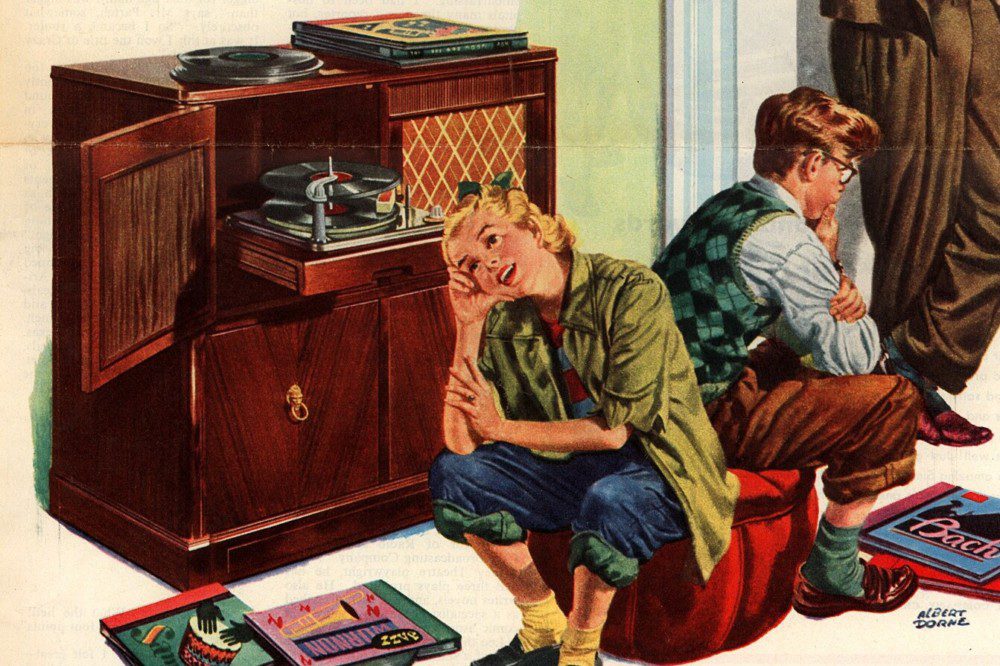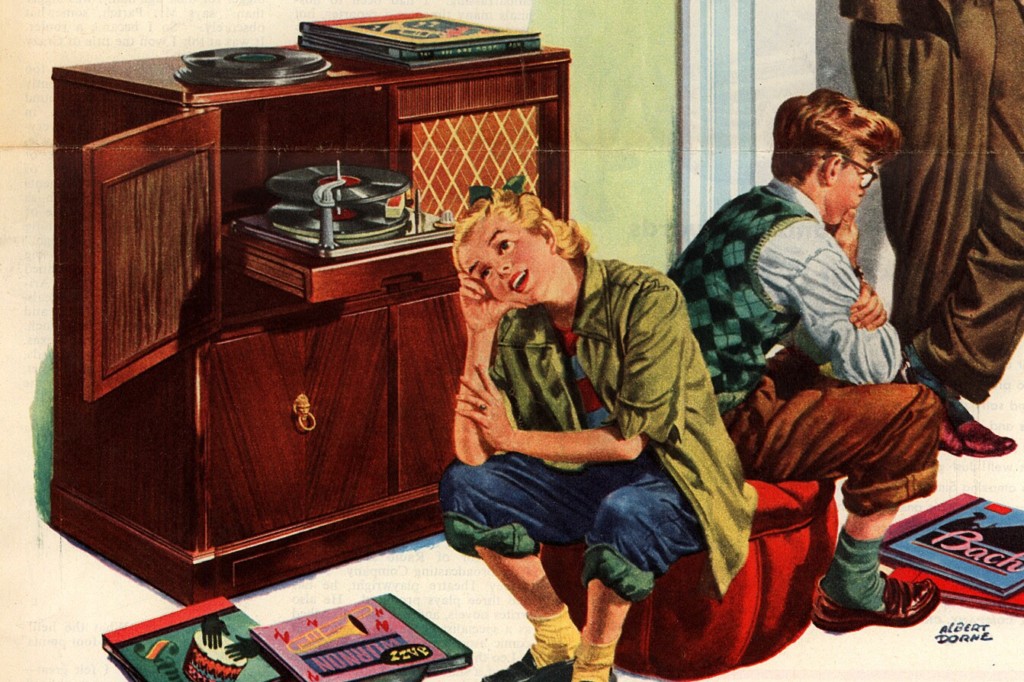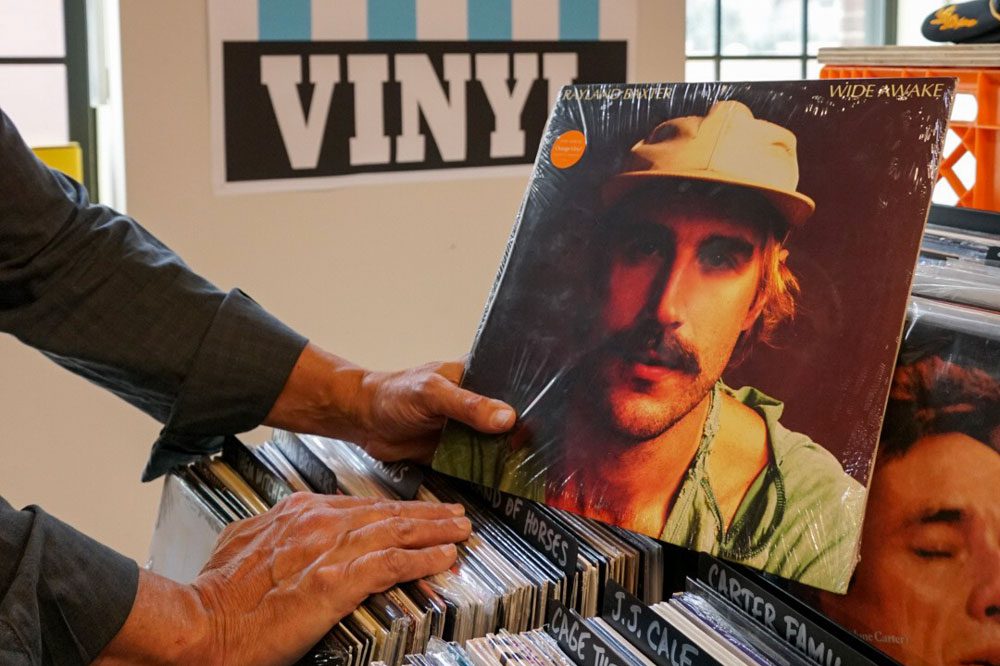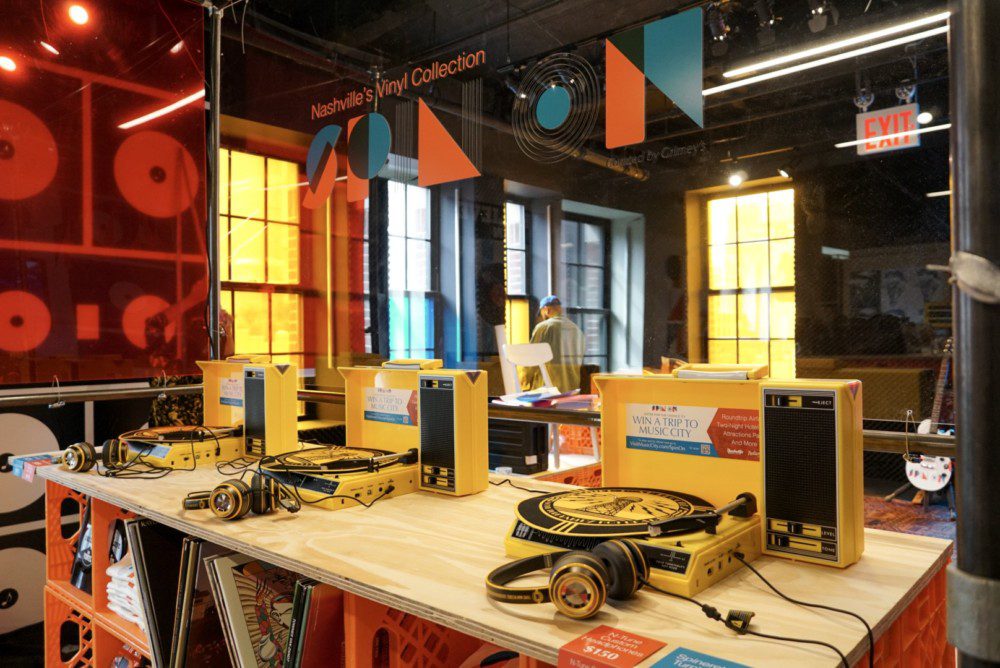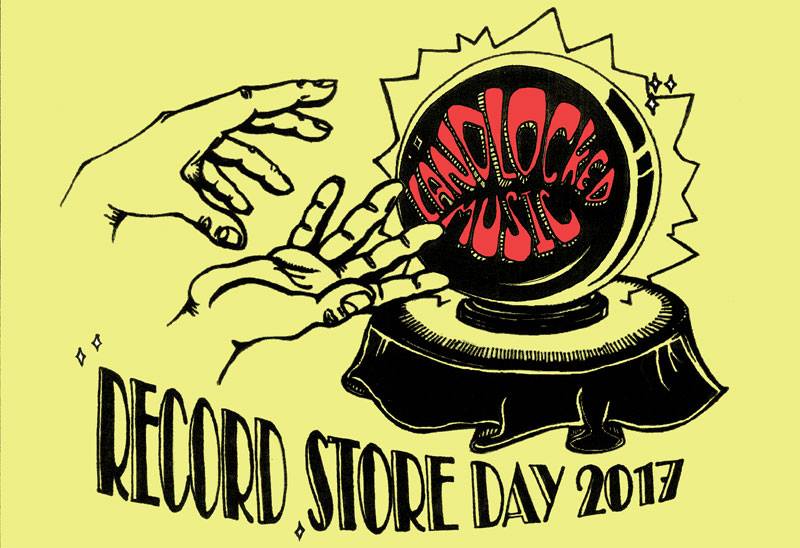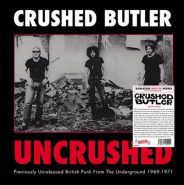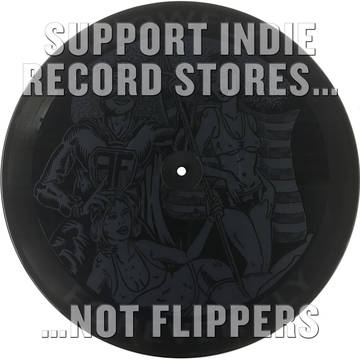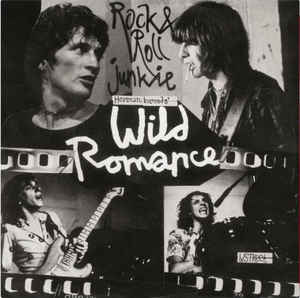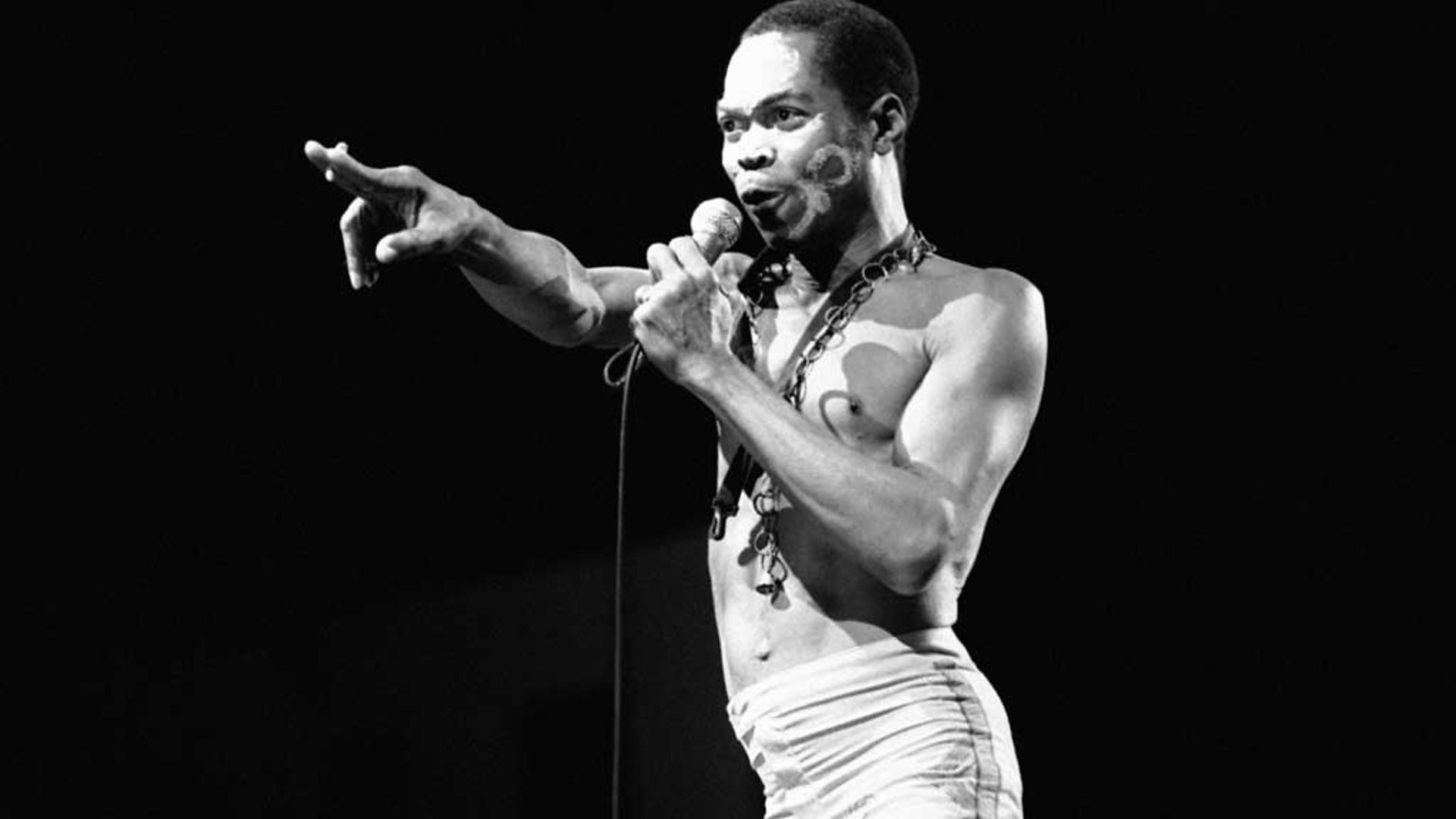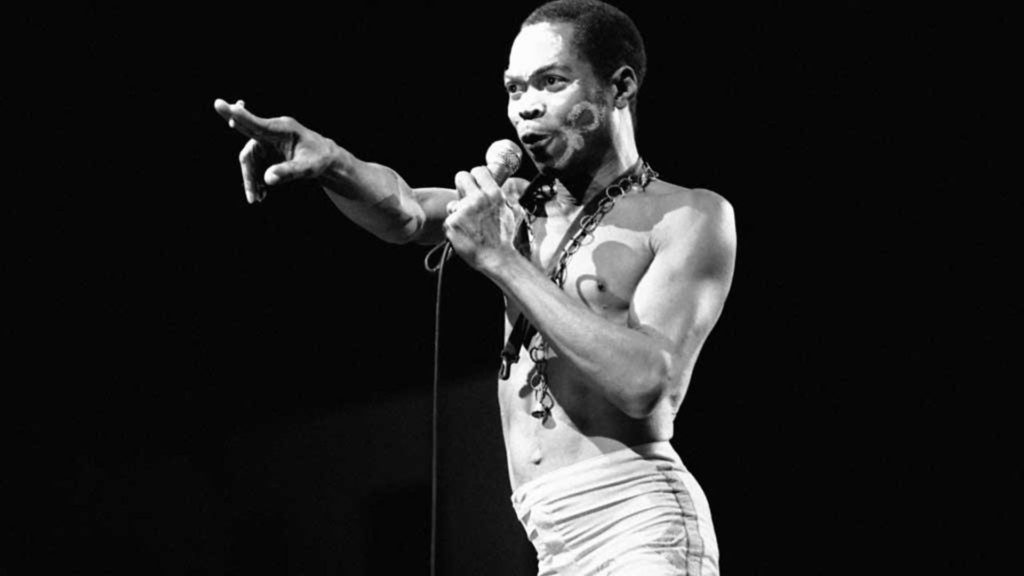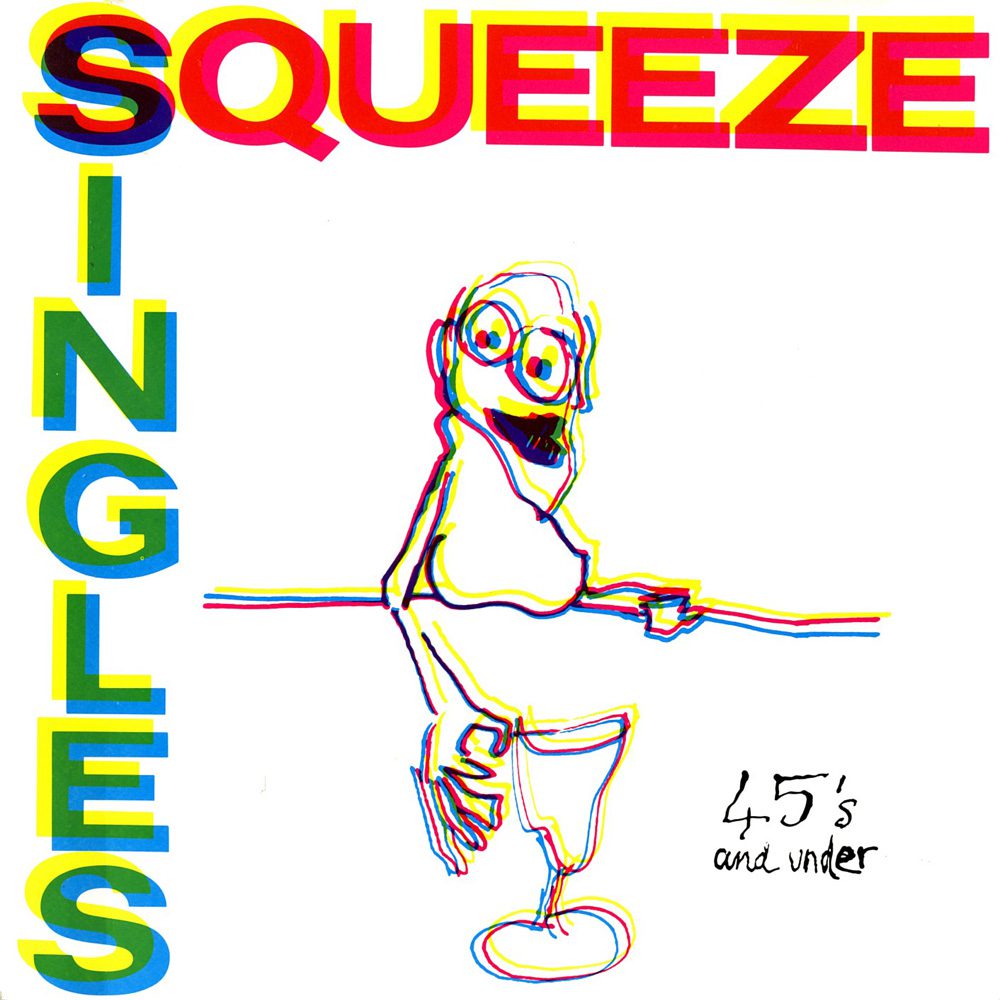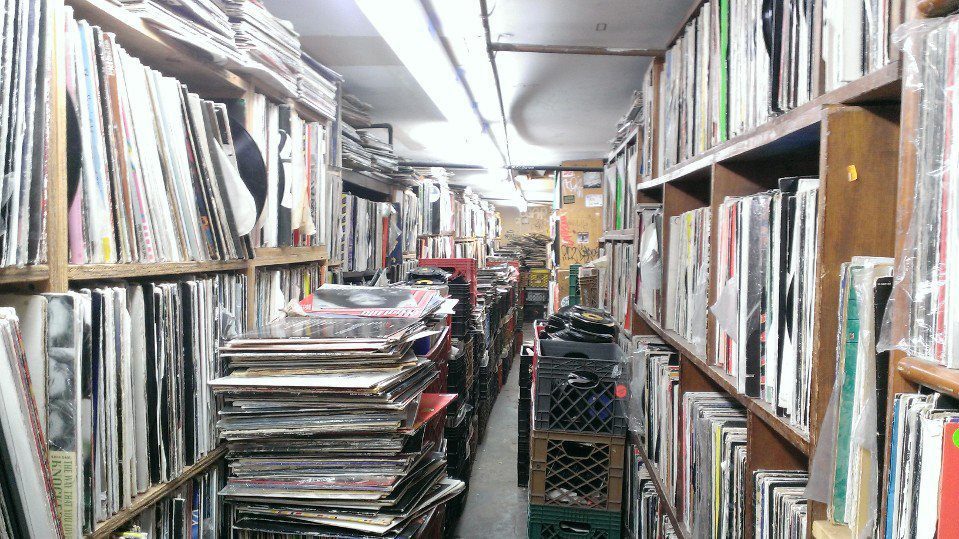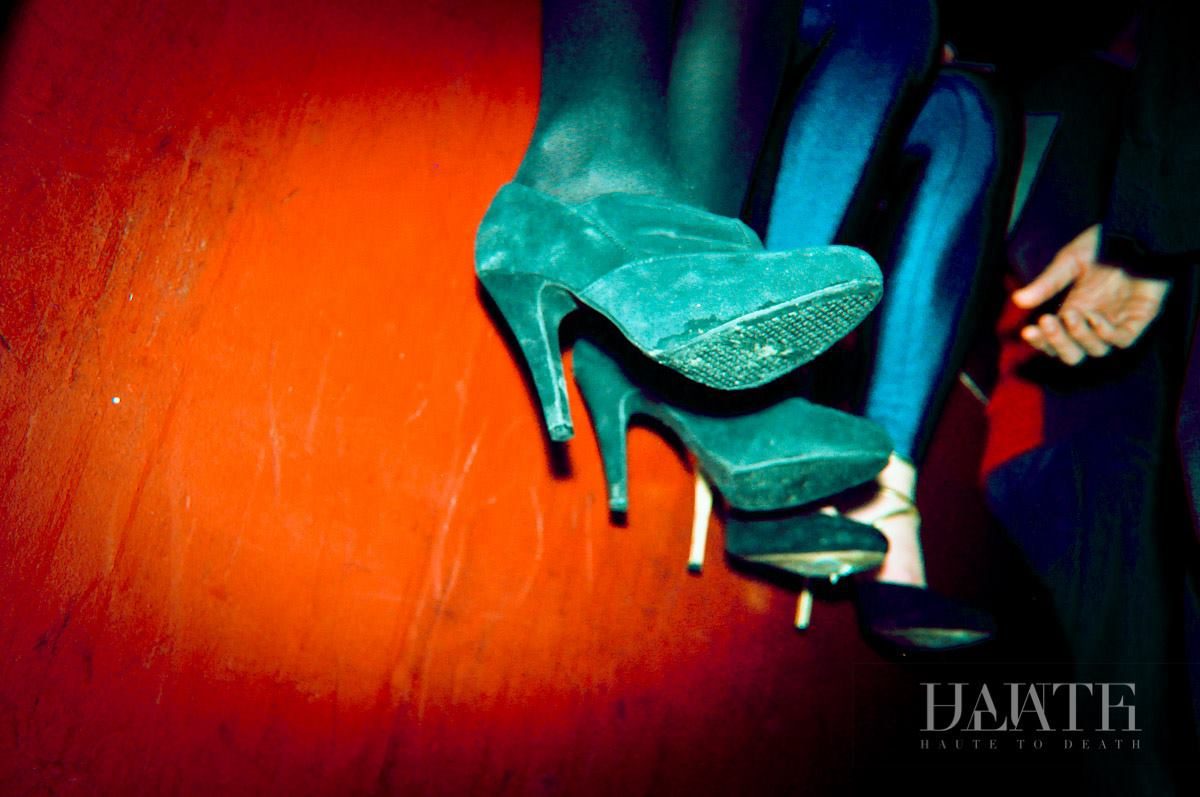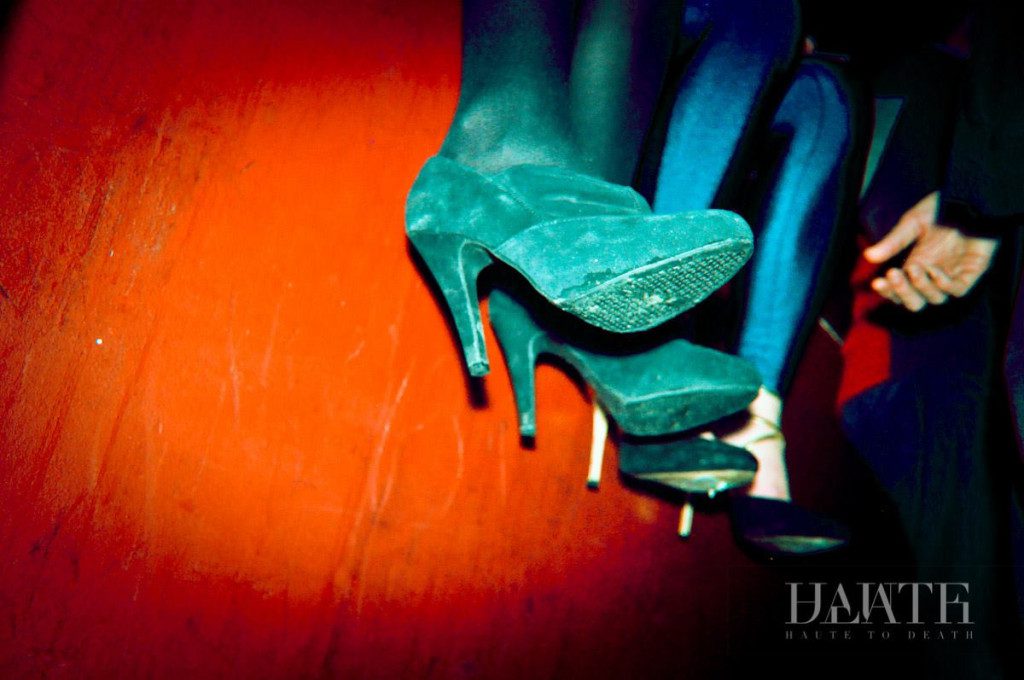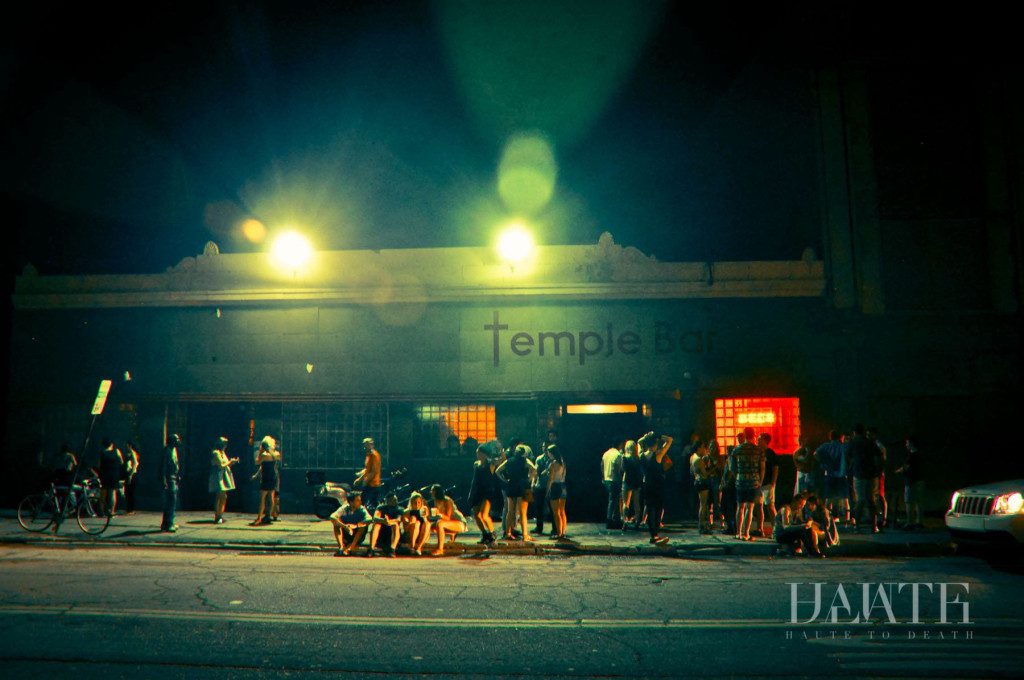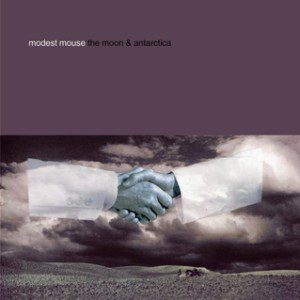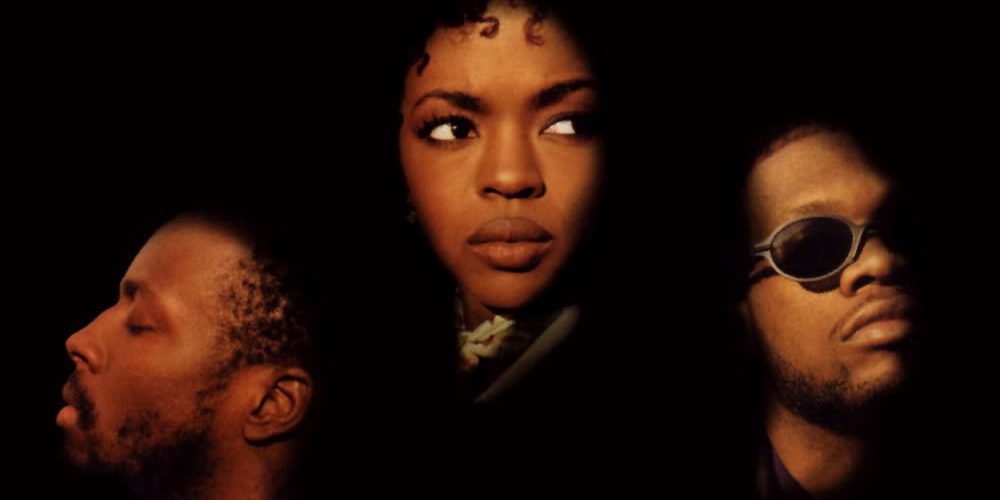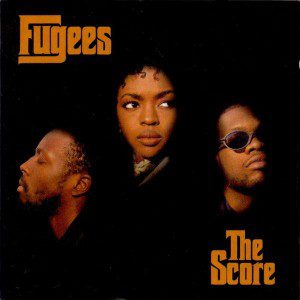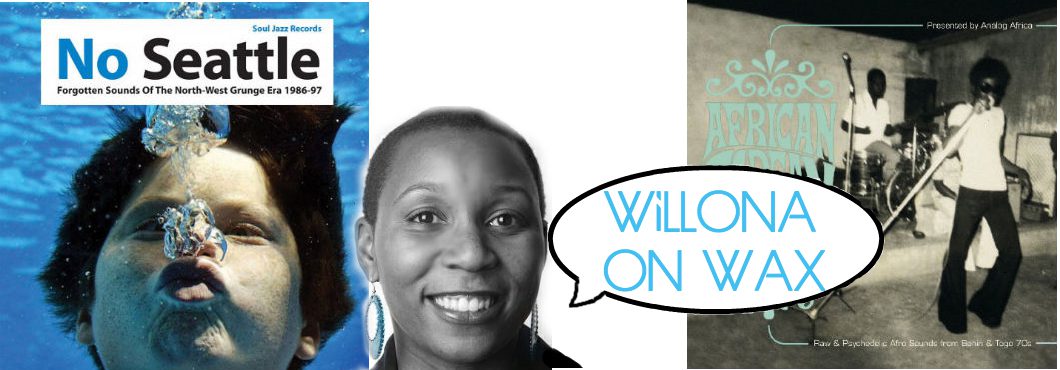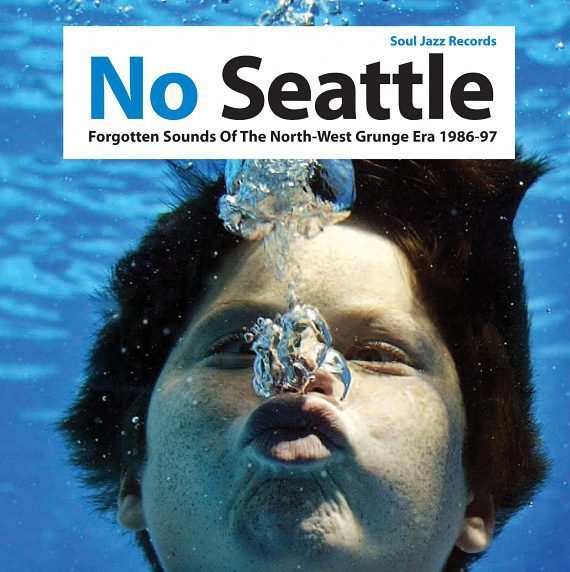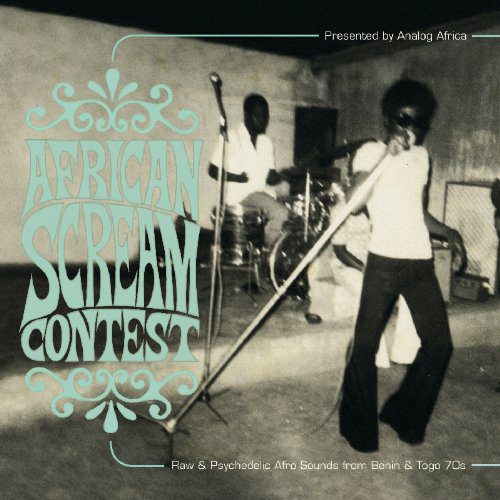PLAYING MELBOURNE: A Virtual Tour In Recognition of Record Store Day Australia
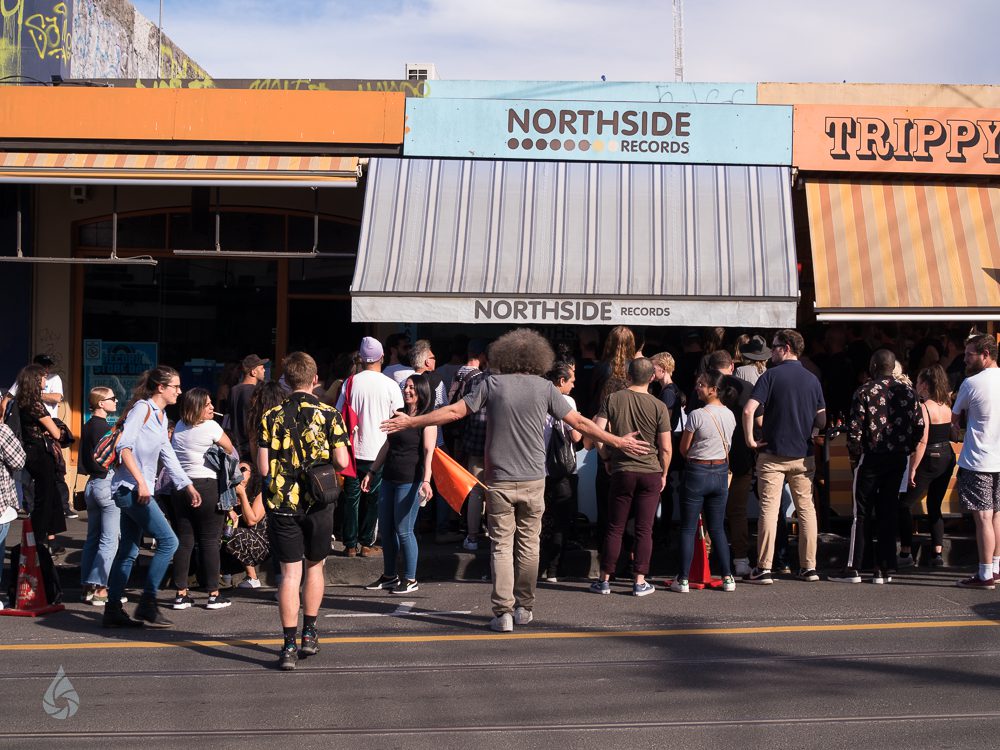

Melbourne is a city of laneways and Victorian Gothic buildings, which has earned the city its many comparisons to European capitals. If you’re brave enough to look away from Google Maps, you could dedicate an hour or a day to just wandering randomly from street to street, lane to alleyway. If you really find yourself lost, Melburnians are hugely friendly (usually) and there’s trams going in every direction so you won’t be stuck for long. What’s this got to do with record stores, you ask?
Many of Melbourne’s laneways are home cafes, boutique clothing stores, vintage shops and record stores. These semi-hidden shops often have piles of free street press magazines and flyers for live shows, which offer the best way to stay attuned to the local scene. Every year around the world, Record Store Day celebrates the community that grows around record stores with special releases and events; normally held in April, Record Store Day in Australia has been postponed to 20 June.
Whether you intend on visiting Melbourne when travel restrictions lift, or whether you want to take a virtual tour of Melbourne’s music scene, I’m here to guide you through. This isn’t a definitive list, since some record stores may not survive the high rents and lockdown period we’re currently just emerging from. Record stores in my own inner city neighbourhood of Collingwood have remained open throughout the lockdown though, with hand sanitiser and limits on how many people can enter at a time. Anecdotally, it seems more people than ever are buying record players and vinyl. The call of nostalgia during crises has been well documented – what better time to listen to high-quality recordings at home for extended periods than now?
Rocksteady Records
For over 30 years, Pat Monaghan has been selling records. Prior to opening Rocksteady Records, he worked at the cult Melbourne record store Au Go Go until it closed in 2003. The store is a bit tricky to find. At the intersection of Lonsdale and Elizabeth Streets in central Melbourne, walk into Mitchell House and take the elevator up. Timber shelves are neatly stocked with local and international records, mostly new. There’s turntables, books and CDs too.
Monaghan recommends a few Melbourne outfits he’s currently loving listening to, and which are providing some soul therapy. “Nat Vazer, a Melbourne singer-songwriter, the new Karate Boogaloo, a great Melbourne band who are kinda jazz, funk and instrumental. I also recommend checking out a band called Close Counters, another live jazz and house outfit from Melbourne. I also want to mention Big Yawn. Their album No! was meant to be launched at iconic music venue The Tote Hotel on the same day all venues were closed.”
Skydiver
When in doubt, ask a DJ. That’s my mantra, anyway. Even better, bypass the asking and head straight for a record store owned and run by three Melbourne DJs, Mark Free (who also owns nearby cafe Everyday Coffee), Tom Moore and Mike Wale. It’s been a local favourite in Collingwood, just five minutes from the city by tram. The store is a sacred place for DJs, with sections divided into house, techno, disco and Balearic. Check out local producer Escape Artist, a favourite of the owners.
Basement Discs
Just as the name implies, this underground store has championed live music and artists since 1994. Suzanne Bennett and Rodney Jacobs transformed an abandoned basement into both a record store and a live music venue, stage included. In addition to vinyl from various genres, you’ll find second-hand CDs, DVDs and books with a music focus. Since 2018, there’s also vintage clothing and jewelry. They’ve hosted lunchtime gigs almost weekly, including Melbourne favourites Jen Cloher and Saskwatch.
Northside Records
All your soul and funk needs are satiated here. Chris Gill has a network of friends who perform in store, do record signings, drop by for coffee and suggest local artists he should know about. There’s even a disco ball hanging from the ceiling, which feels apt, given all the disco, dancehall, dubstep and jazz on vinyl; you’ll also find CDs, DVDs, books and magazines. Most of the records are new, but there’s a good selection of second-hand vinyl and rarities.
“For US readers and visitors looking for great Melbourne acts, I’d start off with a band called Cookin’ on 3 Burners. Check out their album Soul Messin’ and the song ‘This Girl‘ from 2009,” Gill recommends. “I’d also steer towards Nai Palm; her latest release is Needle Paw. We had an in-store signing for [the release, and] she brought her pet bird, Charlie Parker, in for the event. Sampa The Great is doing amazing things with her great album The Return.”
Check out the Record Store Day Australia website for the full list of participating record stores and updated news on how the event will be recognised.

